- TOP
- Mirror with Chrysanthemums, Flowing Water, and a Pair of Birds
Overview
Mirror with Chrysanthemums, Flowing Water, and a Pair of Birds
- Museum No.
- EK17-69
Showing 1-6 of 1
| Title | Mirror with Chrysanthemums, Flowing Water, and a Pair of Birds |
|---|---|
| Designation | |
| Artist | |
| Category | Metalwork(E), Bronze Mirrors |
| Country | Japan |
| Period | Kamakura Late |
| Century | 14th |
| Year | |
| Quantity | |
| Materials | |
| Dimensions | Diameter 11.5cm Rim height 0.65cm Rim width 0.3cm |
| Inscription by | |
| Signature/Seals Etc | |
| Donor |
Included Works

EK17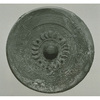 Mirror with Abstract Animals in Band
Mirror with Abstract Animals in Band
EK17-1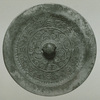 Mirror with Whirlpool Design
Mirror with Whirlpool Design
EK17-2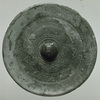 Mirror with Flower Design and Seven Arcs
Mirror with Flower Design and Seven Arcs
EK17-3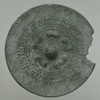 Mirror with Five Animals
Mirror with Five Animals
EK17-4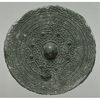 Mirror with Abstract Animals in Band
Mirror with Abstract Animals in Band
EK17-5 Mirror with Four Animals
Mirror with Four Animals
EK17-6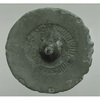 Mirror with Tooth Comb Pattern
Mirror with Tooth Comb Pattern
EK17-7 Mirror with Abstract Animals in Band
Mirror with Abstract Animals in Band
EK17-8 Mirror with Pines and Cranes
Mirror with Pines and Cranes
EK17-9 Mirror with Cranes and Pines and Butterflies
Mirror with Cranes and Pines and Butterflies
EK17-10 Mirror with Arabesque and Phoenixes
Mirror with Arabesque and Phoenixes
EK17-11 Mirror with Chrysanthemums and Birds
Mirror with Chrysanthemums and Birds
EK17-12 Mirror with Chrysanthemums, Butterflies, and Birds
Mirror with Chrysanthemums, Butterflies, and Birds
EK17-13 Mirror with Globeflowers and Flying Sparrows
Mirror with Globeflowers and Flying Sparrows
EK17-14 Mirror with Chrysanthemum Branches and Flying Sparrows
Mirror with Chrysanthemum Branches and Flying Sparrows
EK17-15 Mirror with Autumn Plants, Butterflies, and Birds
Mirror with Autumn Plants, Butterflies, and Birds
EK17-16 Mirror with Cranes and Pine Needles
Mirror with Cranes and Pine Needles
EK17-17
This object may be one within a set or the title of a set. To see all objects in the set, perform a Category Search by the Museum Number below, entering numerals only before the hyphen.

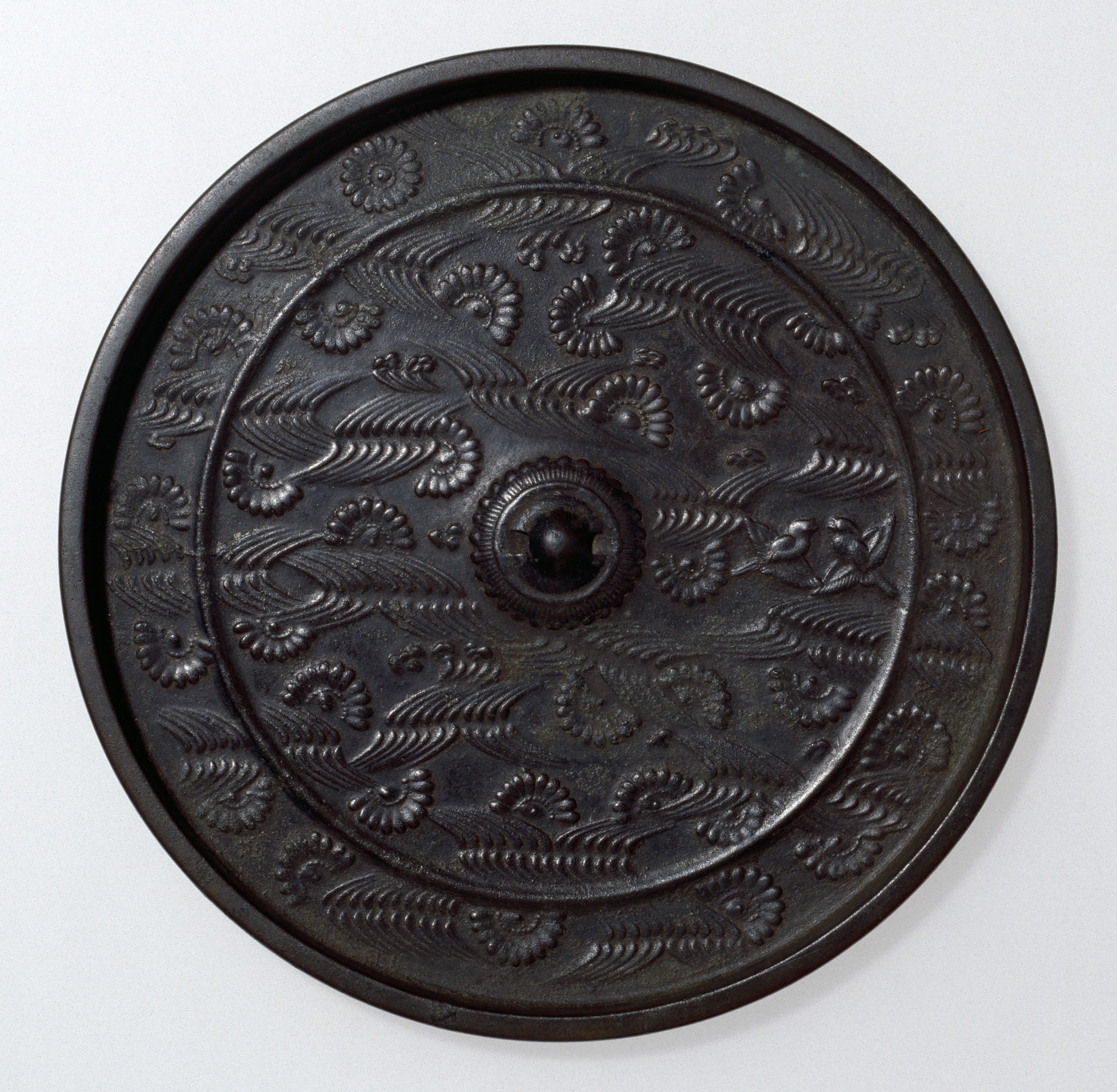





This bronze mirror is blackish brown with a back that may possibly have been coated with black lacquer. Its reflective face has been plated with tin. The basic form of the knob surround is that of pistils spread out around the knob like petals of a flower, but the surround is mounded up into a shallow dome, and the heads of the pistils around the circumference look like a string of jewels, making this surround markedly different from the standard type.
The combination of flowing water and scattered chrysanthemums drifting on the stream derives from the Chinese legend of Kiku Jidô ("Chrysanthemum Youth"). According to this story, whoever drinks the dew that forms on chrysanthemum petals attains eternal youth and immortality. As an auspicious motif symbolizing long life, flowing water, and chrysanthemums have been employed as a design in the applied arts through the early Modern period (1593-1868). A mirror in the collection of the Tokyo National Museum, excavated from an abandoned temple in Ueno, Yamaguchi Prefecture, with a dated inscription corresponding to 1331 (Gentoku 3), is well known as an early example of this motif used on bronze mirrors. Judging from the knob surround and the style of the chrysanthemum blossoms, the date of this mirror probably falls between that of Mirror with Bamboo Hedge, Chrysanthemums, and Pair of Sparrows (EK17-36) and Mirror with Chrysanthemum Branches and Pair of Sparrows (EK17-29) in the museum's collection and the mirror from the abandoned temple in Ueno dated 1331.
Japan-Kamakura-Late